A fun, interactive maths game for students to play when doubling numbers from 1 to 12.
Double Bubble is a fun game doubling game to reinforce the doubling of single-digit numbers.
Print and laminate a class set of game boards to use during your maths lessons. Three game boards are provided for each version of the game to ensure variety for your students.
This game is best played in pairs; however, you could always project the resource on your interactive whiteboard and play as a whole class.
However you choose to play, your students are sure to love learning doubles while playing Double Bubble!
How is Double Bubble played?
1. Provide each group with a Double Bubble game board.
2. The player with the next birthday goes first and rolls the die.
3. Players double the number that is rolled on the die (or dice, depending on the version of the game being played), then cover that number on their game board with a counter. If they do not have the number, or it is already covered, the player misses a turn.
4. Play continues until a player is the first to cover all the numbers in their bubble.
Differentiate your maths lesson with two different levels of play!
Target your students’ individual ability levels by choosing an easier or harder version of the game. Version 1 uses a single die and involves doubling numbers from 1–6 only. Version 2 uses two dice and involves doubling numbers from 2–12.
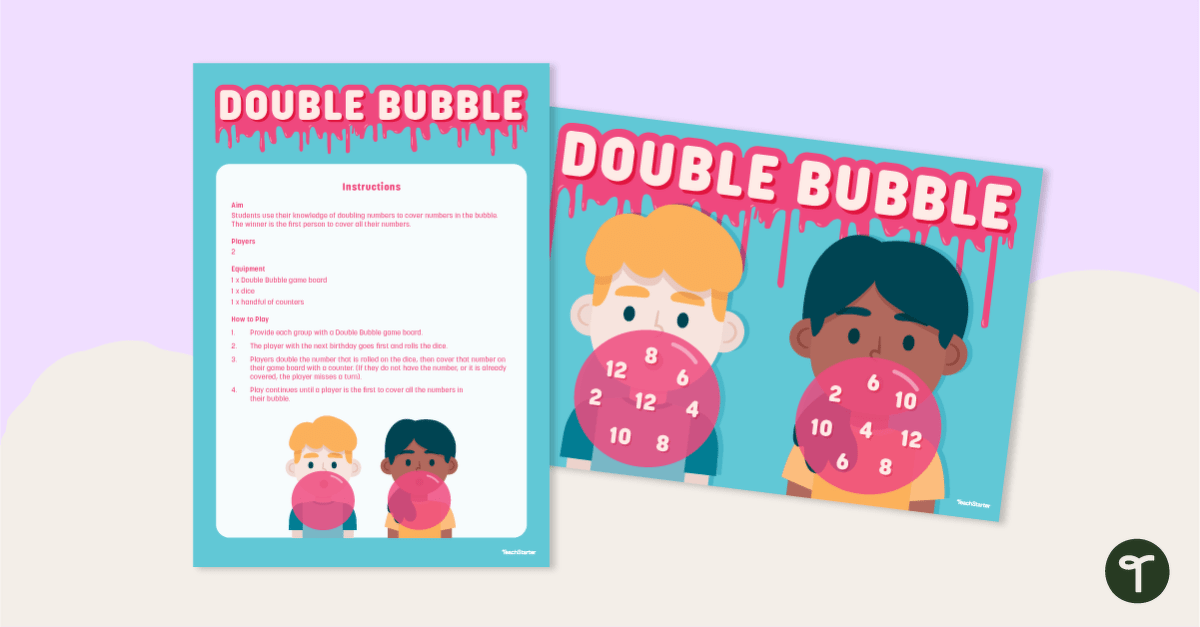

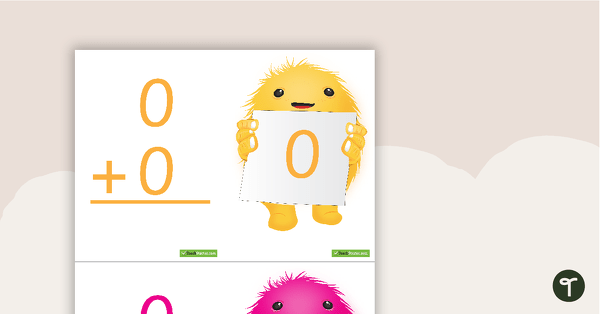
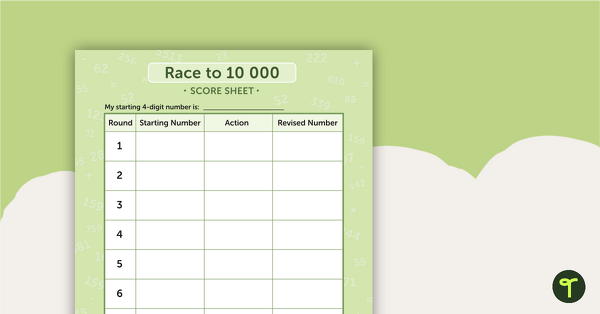
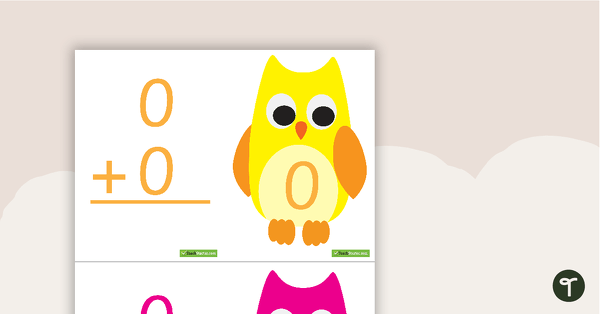
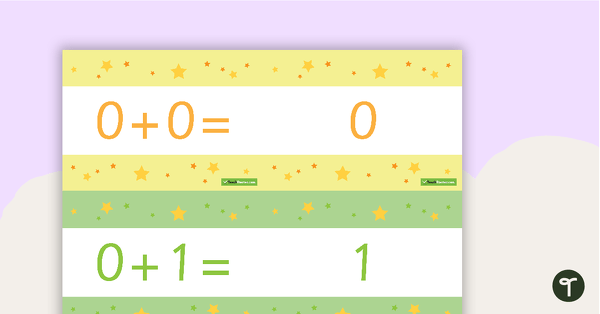
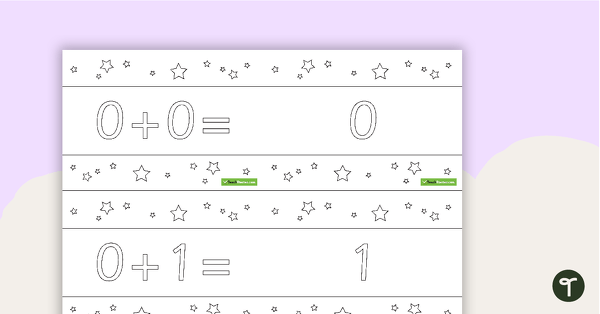

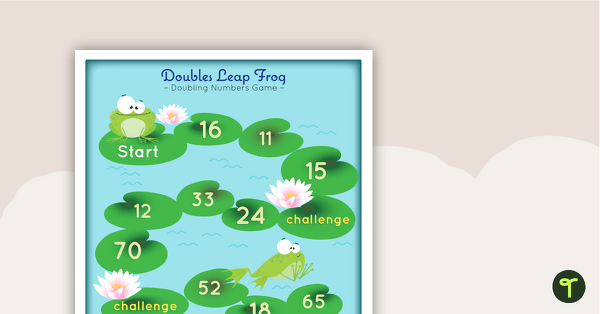
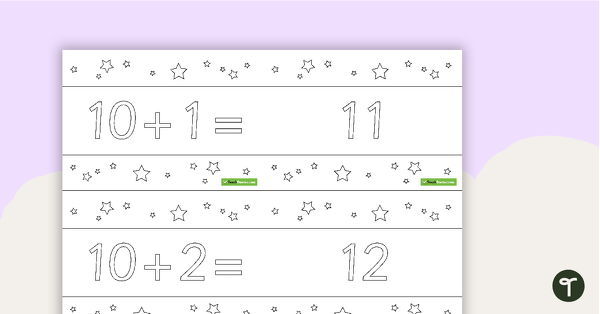
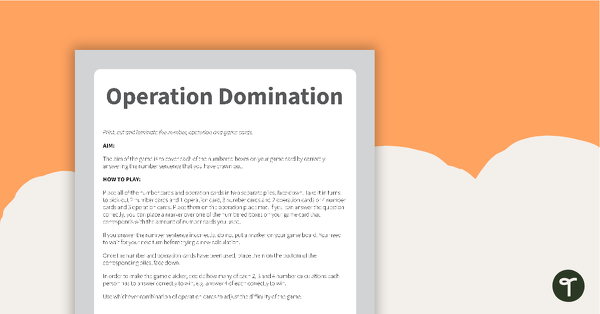

Hi! I'd love to see this game expanded to include the doubles facts to 24!
Hi Venny, Thanks for this suggestion! To best help with this, please submit it under the 'Submit a change' button on the resource so it goes straight to our resource team to view :) Feel free to reach out to our support team using the chat icon at the bottom of the screen if you have any questions, too. Thanks!
If the instructions are - roll two dice THEN double, there is no possibility of getting 2 as an answer. The lowest you can roll is a 1 and a 1 which added together is 2 then doubled is 4. The equipment also states 1 die is required.
Oh yes! Thank you so much for pointing this out Tracey! I have fixed the 2–12 version to include numbers 4–24.